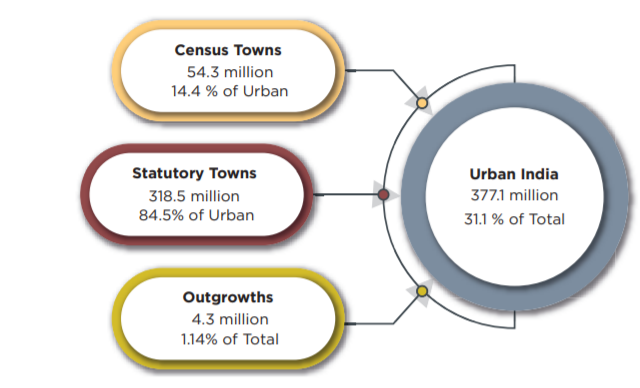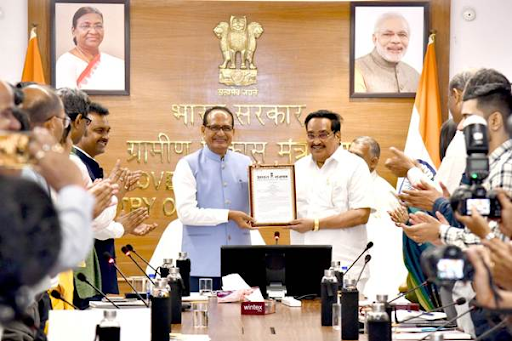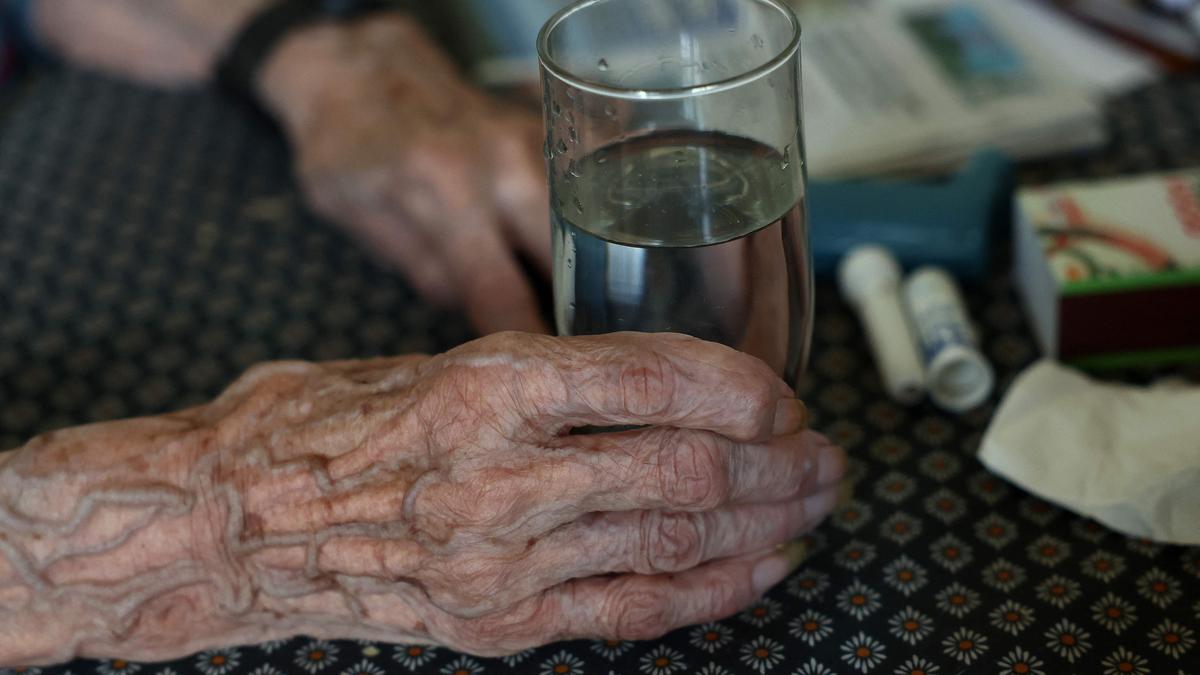Description

Figure 1: No Copyright Infringement Intended
Context:
- The Finance Minister (FM) emphasised the importance of urban development, saying that by the time India celebrates its 100th Independence Day, roughly half of the population will be living in cities.
Statement of Finance Minister:
- According to FM, urban planning will assist India in realising its economic potential, providing prospects for livelihood for the demographic dividend.
- To become current economic growth centres, India must nurture megacities and their hinterlands.
- India must improve access to its tier 2 and 3 cities. Cities must be reimagined as sustainable living hubs with opportunities for all, especially women and adolescents.
Causes of Urbanisation:
- Industrial revolution: Presence of industries in the urban area provided for the pull factors and made people to migrate to urban area.
- Education Facilities: Urban area provides for the better educational facilities causing people to migrate.
- Health facilities: Better health facilities especially the tertiary care in the urban area creates an incentive for people to stay in urban environment.
- Poor infrastructural facilities in rural areas: Rural areas lack good infrastructural facilities and are poorly connected which make people to migrate.
- Investment: Urban areas are engine of economic growth and attracts heavy investment which creates job opportunity for the unemployed people.
Challenges of Urbanization in developing countries:
- Housing: The growing cost of houses comparison to the income of the urban middle class, has made it impossible for majority of lower income groups to afford the houses.
- Safe drinking water: The 2011 Census figure shows that still many households in urban areas consume water from unsafe sources such as tanks, pond and lake, river and canal and spring.
- Sanitation: The poor sanitation condition is another gloomy feature in urban areas and particularly in slums and unauthorized colonies of urban areas.
- Poverty: Roughly a third of the urban population today lives below the poverty line. There are glaring disparities between haves and have-nots in urban areas.
- Health Conditions: The health condition of urban poor in some areas are even more adverse compared to rural areas. As many as 20 million children in the developing countries are dyeing consequent to drinking water.
- Issue of employment: It is generally observed that the literate and semi-literate migrants are absorbed with minimal works, carrying lower wage and more hour of work.
- Urban Transport issue: The challenge is to provide a well-integrated and environmental friendly transport facility. Traffic congestion and environmental pollution has reached unprecedented level in many metropolitan cities.
- Urban Crime: The mega cities are facing increased criminal activities on account of unchecked migration, illegal settlements and diverse sociocultural disparities, organized groups, gangsters.
- Urban slums: Life in the slum is quite miserable devoid of sanitation, poor quality of housing, unsafe drinking water and deficiencies of the other infrastructure. Almost 33% population stays in urban slums.
Government Schemes for urban development:
- Smart City Mission: Government has launched to develop 100 cities as smart cities to develop future ready cities. These city would integrate basic amenities with the technology to provide affordable quality of life to urban citizens.
- Amrut: The mission aims to provide basic amenities in the 500 urban cities.
- Metro Development: In order to provide good transport connectivity, government is developing metro for providing connectivity within the urban area.
- Pradhan Mantri Awas Yojana (PMAY) (Urban) or Housing for All: It aims to promote affordable housing for the citizens staying in the urban area by providing subsidy on the home loans.
- Swachh Bharat Mission - Urban (SBM - U): It aims to provide liquid water treatment, make urban area open defecation free.











